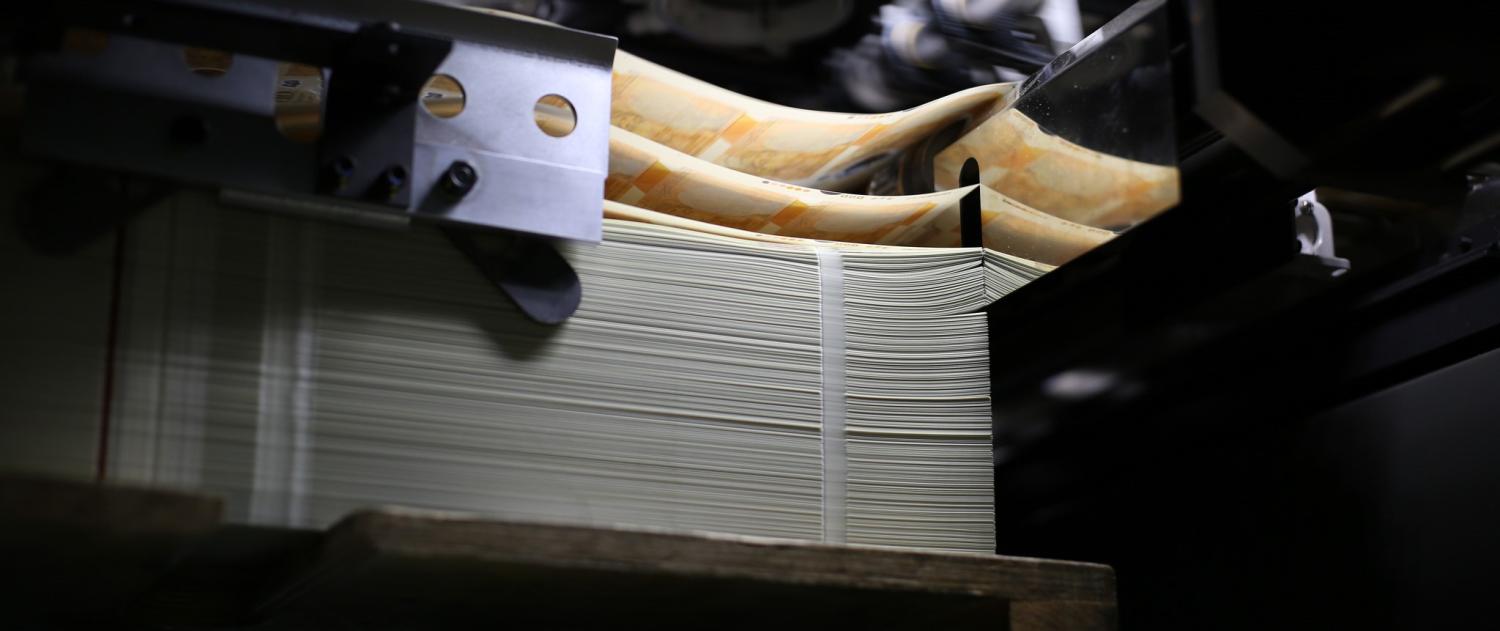Inflation in the UK hit 3% for the year to September, but elsewhere it remains quite low, despite a strengthening global economy. Consumer price inflation in the US, for example, is sitting around 1.7%, yet output growth in the year to September was the strongest since 2015 and the unemployment rate is down to 4.2%. Australia was once an inflation champ, but no more. Headline inflation was a modest 1.8% in the year to September, and much the same on underlying measures.
If global output growth is strengthening, is low inflation a problem? Financial markets seem to think it is, at least for central banks. With each confirmation of continuing low inflation, global financial markets cut back expectations of future interest rate rises – despite the insistence of many central bankers that inflation will sooner or later rise, and so will central bank interest rates. In Australia, Reserve Bank of Australia Governor Phil Lowe has cautioned that markets may be shocked when wages and inflation start to pick up, a warning underlined by his predecessor Glenn Stevens in a note to clients of funds manager Ellerston last month.
A big question here is whether contemporary inflation is the right guide to what central banks are likely to do, and to the trajectory of interest rates. I am not at all sure it is the right guide, or at least not in the current circumstances.
For one thing, central bank policy rates in most advanced economies are super-low. They were intended to help economies faced with the demand collapse that followed the 2008 financial crisis; they were not intended for economies where employment and output are steadily increasing, as they are in many advanced economies today.
For another, while high inflation or very low inflation present threats to output and employment growth, the below-target but firm inflation rates evident today do not. Below 1% and above 3% inflation is a problem. But at 1.8%? What problem? It is after all around the usual rate of inflation in the golden years of economic performance, from 1950 to the mid-1960s.
The ultimate aim of monetary policy is not to achieve a particular inflation range, but to help stabilise the growth of output and employment. Targeting consumer price inflation has been found to be a useful way of doing that, but it is not actually the final objective. If, for example, output growth is close to potential and the workforce is more or less fully employed, most central banks would not be bothered if inflation was still below target. As Lowe asked not long ago, how hard should central banks push to get inflation up?
The actual issue facing central banks such as Australia’s is not, I think, a need to get inflation up to the target. The important decision framework is the trade-off between the risks to future financial stability that arise from leaving rates very low in a period of rising market confidence, and the risks that somewhat higher interest rates will slow the rate of growth of output while there is still spare capacity in the economy. It’s a tough decision with something to be said on both sides, and it is being debated in most central banks, including Australia’s.
In beginning to increase its policy rate two years ago (and earlier in halting the expansion of its balance sheet), the US Federal Reserve demonstrated its conviction that rates could and should begin to rise from their emergency settings well before inflation returned to the Fed’s informal target. The Bank of Canada has made the same judgement, and the Bank of England may well increase its policy rate later this week.
It is surely true, as RBA Deputy Governor Guy Debelle remarked last week, that there is still spare capacity in the labour market. Plenty of it. But that is not quite the same thing as saying the policy rate should remain at its record low of 1.5% until, say, unemployment returns to 4%.
Nor is it evident that small and well-spaced increases in the policy rate will set back output growth. They haven’t in the US. In the Australian case, two 25 basis-point increases through 2018 would now be considered quite startling. Yet at 2%, the RBA policy rate would still be one percentage point below the 3% the emergency policy rate it reached in the bleak aftermath of the 2008 US and European financial crisis. It would still be the lowest policy rate ever, excluding the last two-and-a-half years.
So one argument against putting too much faith in low contemporary inflation as a guide to central bank moves and the trajectory of interest rates is that it may not be as reliable a rule as markets suppose. Another is that while inflation is low, it is rising. This is evident in the US and of course in the UK (though inflation there may moderate through 2018). For all the celebration of low inflation attending last week’s third-quarter consumer price increase outcome (0.6%, against an expected 0.8%), it is also quite evident in Australia.
Inflation is low, but picking up. It is true that year-to inflation remains under 2% (at 1.8%) and may well remain under that rate for the fourth quarter, but the trend is decidedly towards high domestic price inflation. This is apparent in the year-to measures for the trimmed mean and the weighted median, both of which have moved solidly up since the low in June 2016. The weighted median was 1.2% in the year to June 2016 and 1.9% for the year to September 2017. Perhaps more importantly in the current context, it is apparent for non-tradables inflation, which the RBA rightly regards as a good measure of domestic price pressures. That series has doubled from 1.6% in the year to June 2016 to 3.2% in the year to September, the fastest annual rate in four years. Non-tradables inflation accounts for two-thirds of the total of the CPI.
These changes are far from anything that could be described as rapidly increasing inflationary pressure, but they are consistent with other measures of robustness in the Australian economy. Employment growth has been quite firm over the last year, especially for full time work. To my surprise, approvals sought for residential construction picked up this year after falling through much of 2016 in what I had thought to be the decline of the housing construction boom. Residential building is falling, but given the rebound in approvals the decline may be quite slow. Non-mining business investment is markedly stronger, and infrastructure activity is rising. Engineering construction, for example, declined sharply in the four years to the end of 2016 as the mining investment boom faded. By the middle of 2017, however, real engineering construction activity was 25% above the December low. Much of that is public infrastructure, and the pipeline suggests there is more to come.
Over the last five years Reserve Bank speeches and analyses have repeatedly drawn attention to flat non-mining business investment. In his excellent talk last Thursday Debelle mentioned revisions to the investment data late last year that show that, far from being flat, non-mining business investment took off from its low point in 2013. Apart from a flat patch in 2016 it has risen strongly since. The old figures showed that the volume of non-mining business investment increased by around 5% from 2013 to 2017. The new chart appears to show that it actually increased by nearly one-third.
Its level was lower, but non-mining business investment growth was much stronger than the RBA thought at a time it was cutting the policy rate through 2015 and again in 2016. Part of the public rationale for cuts was that non-mining business investment was flat, and the economy needed help from stronger consumption and residential construction, and a weaker Australian dollar. It was a useful ignorance, perhaps, because even with those cuts overall output growth is modest. But it is also one more piece of evidence that the Australian economy is in pretty good shape.

